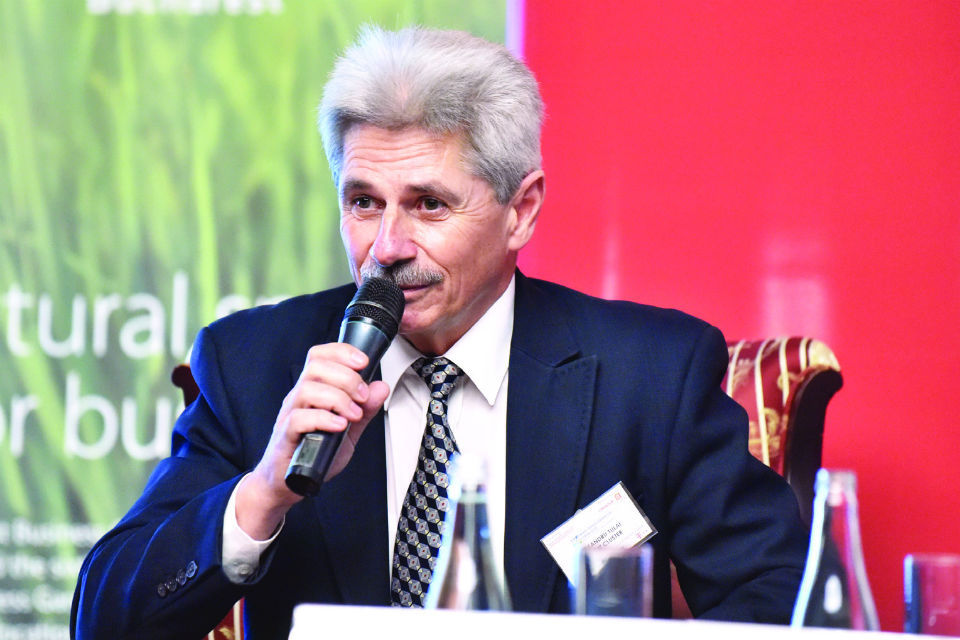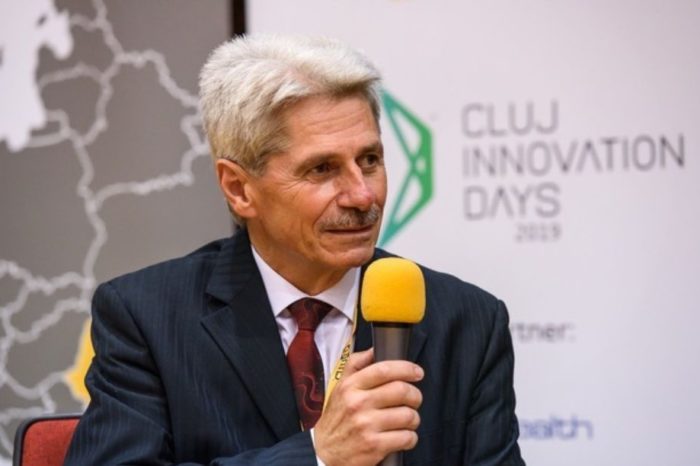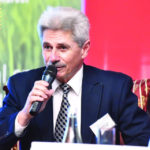About context and models

As decision-makers in the organization, majorly interested in its sustainability, whether we like it or not, we finally have to return to the same problem – the systematic performance of the organization, beyond the existing social-economic conditions, and how we can stimulate it.
While analysing the different situations in the company where performance was achieved, it becomes clear that there are some factors that favour its appearance. The first would be the existence of the people / individual capable to generate it. Second, at least as important, would be the organizational context. The dependence between the two is so heavy that I find it difficult to approach them separately. However, for the sake of the method, let’s take them one at a time.
The performer / talent
How do we recognize him? The way he/she usually manifests himself / herself entitles us to consider this person a leader / a problem solver. He certainly has two characteristics: is capable of solving complicated problems / situations and is, by default, a training model for many around.
In ordinary situations he does not differentiate from colleagues with sufficiently strong competencies and good motivation for qualitative delivery. He emerges in the moment a crisis is triggered. This situation occurs when the delivery requests come out of the known patterns: either by nature, by size, or by the duration they have to fit in. In the first case, a (technical) solution cannot be identified, and in others the time for applying known solutions is not enough. The rule previously used is no longer sufficient. In short, it is necessary to innovate, to break the patterns used until that moment, to find a new way of solving the problem at hand.
What does the performer do in this situation? First of all, he tries to understand the problem as accurately, explicitly and comprehensively as possible. In order to achieve this result, he builds an explanatory model of the universe of the problem. The model is abstract and simplified, but complex enough to contain all the essential features that define the issue. In this model he reproduces the problem encountered in the real world. Then he analyses the manifestation mode to identify its causes.
Once these are identified, it is very likely to reduce the problem to a similar one that has been previously solved (an already known model) or to break it up into a set of known problems. In this way he uses the model and the modelling to determine the conceptual solution that will solve or avoid the problem. Modelling ability is one of the rarest met in practice.
With the next step he defines a methodology that allows him to apply the identified solution. That is, to define, structure and then execute that sequence of actions that leads to the desired result. Then he has to perform the iterations for applying and refining the solution, i.e. the optimization. After proving correct and efficient, the methodology becomes part of the repertoire of solutions of the performer, as well as of the team of which he is part of, leading to an enriched knowledge in the organization.
But what sets him apart from other colleagues after all? The way he realistically assesses and sums up a situation or a problem, the arguments he chooses when making decisions, as well as the ability to understand precisely the context in which the problem is manifesting and the elements within the context that define the issue more accurately. He immediately solves a concrete problem, not an abstract class of problems. Therefore, the specificity of the problem is given by the context in which it manifests.
The decision or decisions that lead to solving the problem are, most of the times, the synthetic result of another context. I call it training context. It is, in fact, the educational context (knowledge acquisition) in which the future performer is formed. His native talent can be either stimulated to develop or inhibited by this context. If the educational process is carried out considering objectives such as opening up to novelty, alternatives and challenges, seeking explanations for each phenomenon encountered, experimentation that completes the understanding than the talent has every chance to manifest and to develop. This might be the result of acknowledging a model previously transferred by the educator, based on transparent relationships and robust dialogue. This happens only when there are educators who are capable to inspire students, being themselves models of attitude, behaviour and decision. If the atmosphere created is one of conformity, comfort, reactive behaviour, memorization and identical reproduction of a set of knowledge, the risk of inhibiting the talent is high.
The organizational context
Because the organizational context is the playground of the performer, I call it delivery context (of knowledge), although it may also contain training context. According to its nature and training model, the performer will feel very comfortable in a context similar to the one in which he has been trained / formed.
We notice that the solution is immediately visible: what we (decision makers) have to do is to create in the organization a context with the same, or as many characteristics of the already experienced training one. Of course, creating this context is totally depending on the main decision maker (usually the CEO) which has to assume an inspirational role model.
And then how and when do we look for performers or future performers? We should be constantly looking for such individuals, because the sustainability of the organization is directly dependent on their active presence. How to look for them: in recruitment we are much less interested in the degree of knowledge and dexterity of using tools, even if they are very sophisticated, but especially in the ability to understand exactly a problem, to formulate a hypothesis that will allow for a successful approach (in other words “a model”) and in the creativity to identify unusual patterns that will lead to the solution.
(By Alexandru Tulai, VicePresident Cluj IT)
















